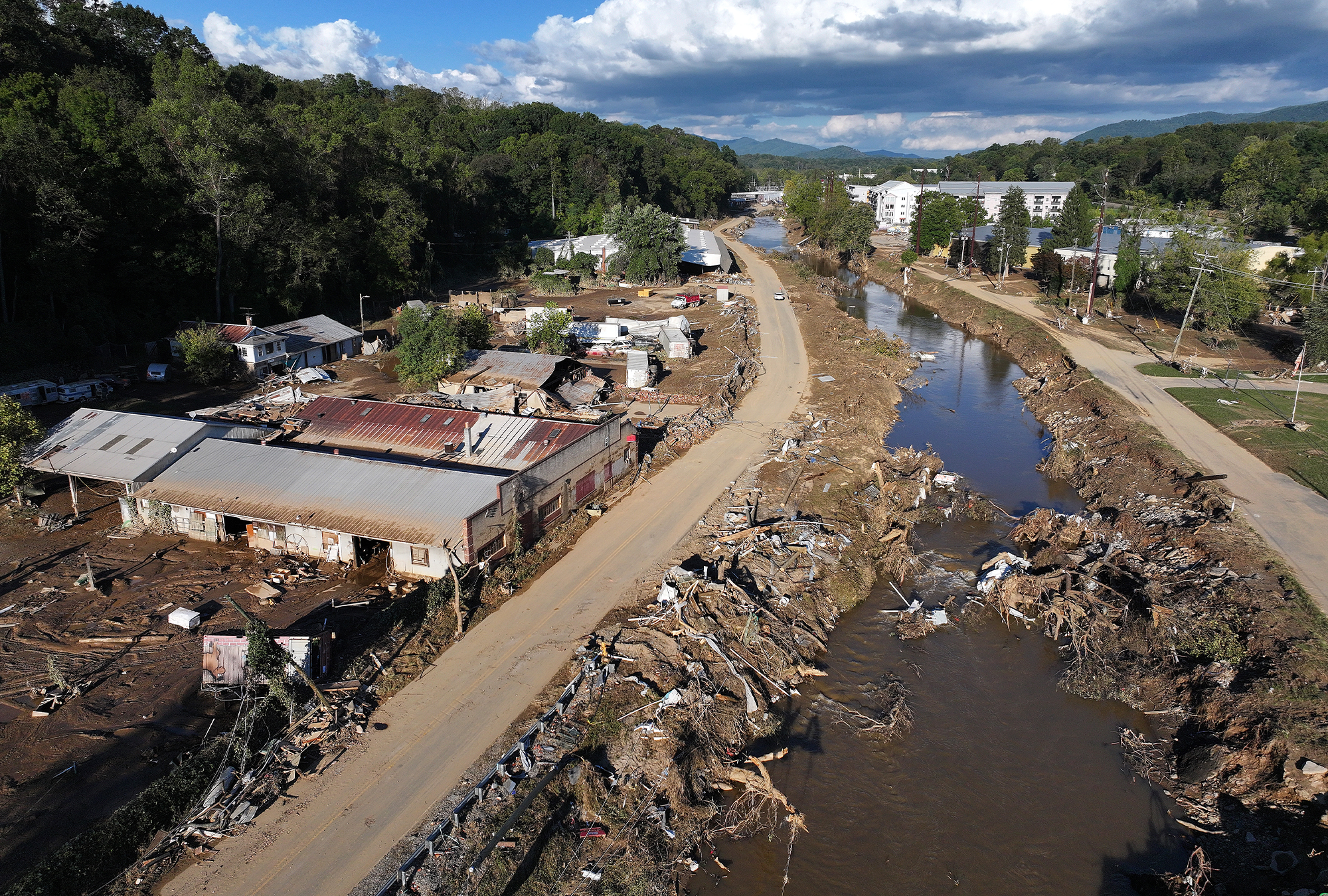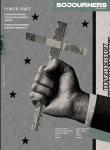Share As A Gift
Share a paywall-free link to this article.
This feature is only available for subscribers.
Start your subscription for as low as $4.95. Already a subscriber?

Photo by Mario Tama / Getty Images
IT MUST HAVE rained for three straight days, all day. It just kept raining and raining. When [Hurricane Helene] hit, the cell phone was out, the power was out, and just trees [down] everywhere, huge trees on homes. All the streets were blocked with trees, trees coming out of the ground. And then going down to the [Swannanoa] river and seeing it: It was devastating.
This area was supposed to be a climate haven, a place people were moving to because it didn’t have a history of natural disasters like hurricanes and floods since 1916. Everybody was surprised. It’s surreal. The storms made people talk to their neighbors more because we couldn’t wait on the city or county to provide services like clearing the trees and checking on the elderly and stuff like that.
The community really stepped up. People came out with their chainsaws. It was such a chaotic time of trying to see who needs help and getting people the food and water they need. It’s a good thing that it helped draw people together, but it’s also a sad thing that so many lives and homes and businesses were lost. I’ve never in my life seen this type of devastation. How do we respond to the most vulnerable people, then how do we position ourselves on rebuilding and make sure that historically disenfranchised or marginalized communities are not left out of this redevelopment?
It was a lot of amazing stories of people helping because they know it’s the right thing to be doing right now. The trick is how do we keep that going after all the cameras leave, after things start cleaning up. How do we maintain that sense of community? That’s what we really want to focus on.

Got something to say about what you're reading? We value your feedback!